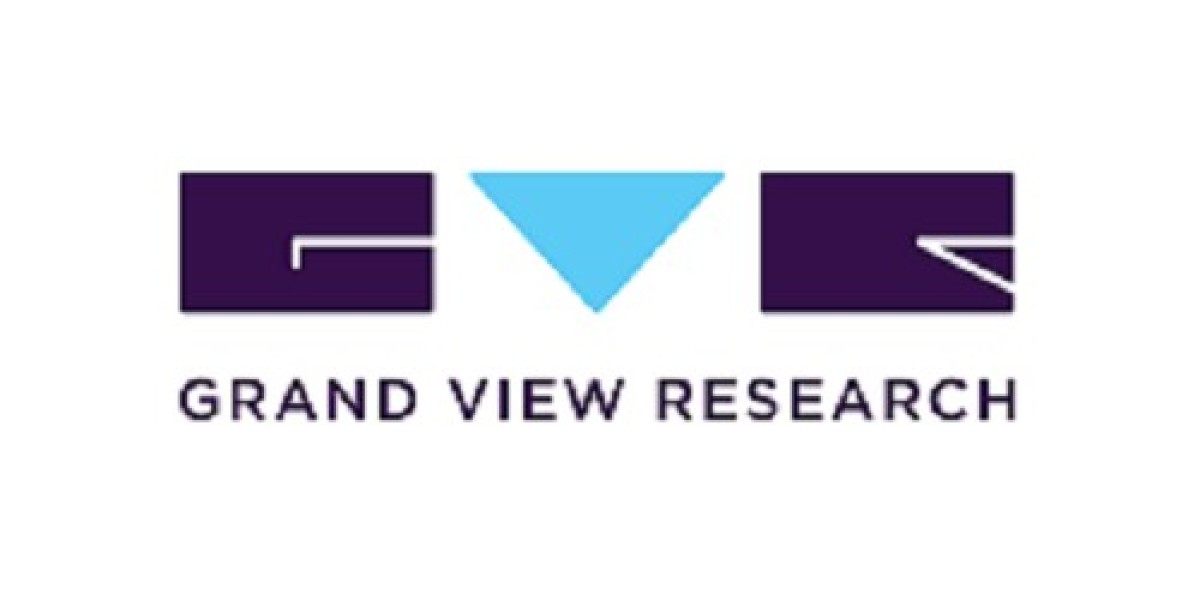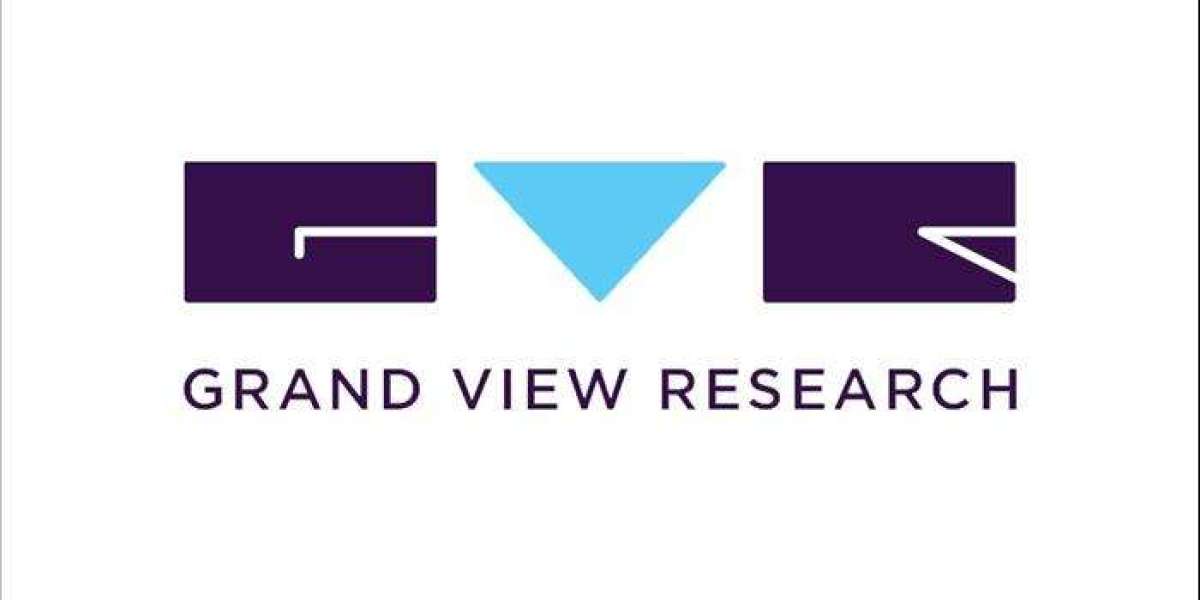Heavy Mining Equipment Procurement Intelligence
The heavy mining equipment category is anticipated to grow at a CAGR of 5.1% from 2023 to 2030. In 2022, the category size was estimated to be valued at USD 135 Billion.
The constantly expanding mining activities in Asia Pacific dominate the category market. The region is benefiting from high demand for metals and minerals across a range of sectors globally. The mining industry, being one of the foundational sectors of the economy, supports the category growth. Power and cement industries helped the category to thrive due to the rapid expansion of infrastructure. Other major demand drivers are increase in a rising need for mineral fertilizers to improve agricultural yield, road construction projects, and the use of technology and automation in road construction and mining. Larger projects require complex, efficient machinery for better efficiency and safety, which is driving the category's expansion. Demand for the category is increasing because of the government's significant investments in infrastructural improvements and mining industry reforms. For instance, In the first half of 2023, Chinese investments and fresh agreements in the mining and metals industry has reached more than USD 10 billion, representing a 131% increase over the same time in 2022. India, another major country, amended the Mines and Minerals (Regulation and Development) Amendment Act with the goal of streamlining regulations to boost industry participation, freeing up 500 potential mining sites, and encouraging the use of cutting-edge technologies to improve sustainability.
Order your copy of the Heavy Mining Equipment category procurement intelligence report 2023-2030, published by Grand View Research, to get more details regarding day one, quick wins, portfolio analysis, key negotiation strategies of key suppliers, and low-cost/best-cost sourcing analysis
Heavy Mining Equipment Procurement Intelligence Report Scope
The Heavy Mining Equipment category is expected to have pricing growth outlook of 4% - 5% (annual) from 2023 to 2030, with below pricing models.
- Spot pricing
- Fixed pricing
- Contract Pricing
- Competition based pricing
Supplier Selection Scope of Report
- Cost and pricing
- Past engagements
- Vendor evaluation
- Supply chain and Logistics
Supplier selection criteria of Report
- Service Support
- Cost & Pricing
- Project Efficiency
- Transportation and Handling
- Technical Specifications
- Operational Capabilities
- Regulatory Standards and Mandates
- Category Innovations
Heavy Mining Equipment Procurement Intelligence Report Coverage
Grand View Research will cover the following aspects in the report:
- Market Intelligence along with emerging technology and regulatory landscape
- Market estimates and forecasts from 2022 to 2030
- Growth opportunities, trends, and driver analysis
- Supply chain analysis, supplier analysis with supplier ranking and positioning matrix, supplier’s recent developments
- Porter’s 5 forces
- Pricing and cost analysis, price trends, commodity price forecasting, cost structures, pricing model analysis, supply and demand analysis
- Engagement and operating models, KPI, and SLA elements
- LCC/BCC analysis and negotiation strategies
- Peer benchmarking and product analysis
- Market report in PDF, Excel, and PPT and online dashboard versions
Heavy Mining Equipment Procurement Cost and Supplier Intelligence
The category is highly fragmented, given the ongoing growth of digitalization and automation, technology, becoming a key differentiator for mining equipment firms. The primary players are concentrating on lowering the extraction and equipment maintenance costs by using cost-reducing innovations. Other large-scale industries are acquiring new technologies embedded in the heavy machinery and equipment that they use regularly to increase efficiency and reduce costs in production, processing, and delivery. As mining operations expand globally, companies compete to establish a strong presence in various regions by tailoring their equipment to suit specific geographic and geological conditions. Some companies collaborate or form partnerships to combine expertise and resources, aiming to develop more comprehensive and advanced mining solutions.
When determining the category cost, there are a number of factors to take into consideration such as ownership costs, fixed expenses, machine costs, insurance, and taxes. Additional expenses that occasionally fall under the fixed category include the cost of a spare parts inventory, special tools required for operation or maintenance, and structures required to house the machine. Another expense is variable cost, which only appear while a machine is in use. Some of these are consumables, routine maintenance supplies (such as engine oil and filters), energy (such as fuel or electricity), and repair charges. An essential expense is the time value of maintenance and repairs. Most machines' total maintenance and repair expenses during their lifetimes are likely to be equal to 75% of the new machine's cost. For instance, a heavy-duty hydraulic mining can price around anywhere between USD 950,000 - USD 1,650,000. Another important tool - a multipurpose dredger for sand pumping, prices for which can range between USD 360,000 - USD 450,000.
List of Key Suppliers
- Epiroc
- Boart Long year Ltd
- Caterpillar Inc
- China Coal Energy Group Co. Ltd
- Vipeak Mining Machinery Co. Ltd
- Guangdong Leimeng Intelligent Equipment Group Co. Ltd
- Henan Baichy Machinery Equipment Co. Ltd
- Komatsu Ltd
- Liebherr
- Metso Qutotec
Add-on Services provided by Grand View Research Pipeline:
- Should Cost Analysis
Component wise cost break down for better negotiation for the client, highlights the key cost drivers in the market with future price fluctuation for different materials (e.g.: steel, aluminum, etc.) used in the production process
- Rate Benchmarking
Offering cost transparency for different products / services procured by the client. A typical report involves 2-3 case scenarios helping clients to select the best suited engagement with the supplier
- Salary Benchmarking
Determining and forecasting salaries for specific skill set labor to make decision on outsourcing vs in-house.
- Supplier Newsletter
A typical newsletter study by capturing latest information for specific suppliers related to: M&As, technological innovations, expansion, litigations, bankruptcy etc.
Browse through Grand View Research’s collection of procurement intelligence studies:
Enzymes Procurement Intelligence Report, 2023 - 2030 (Revenue Forecast, Supplier Ranking & Matrix, Emerging Technologies, Pricing Models, Cost Structure, Engagement & Operating Model, Competitive Landscape)
Cold Chain Logistics Procurement Intelligence Report, 2023 - 2030 (Revenue Forecast, Supplier Ranking & Matrix, Emerging Technologies, Pricing Models, Cost Structure, Engagement & Operating Model, Competitive Landscape)
Brief about Pipeline by Grand View Research:
A smart and effective supply chain is essential for growth in any organization. Pipeline division at Grand View Research provides detailed insights on every aspect of supply chain, which helps in efficient procurement decisions.
Our services include (not limited to):
- Market Intelligence involving – market size and forecast, growth factors, and driving trends
- Price and Cost Intelligence – pricing models adopted for the category, total cost of ownerships
- Supplier Intelligence – rich insight on supplier landscape, and identifies suppliers who are dominating, emerging, lounging, and specializing
- Sourcing / Procurement Intelligence – best practices followed in the industry, identifying standard KPIs and SLAs, peer analysis, negotiation strategies to be utilized with the suppliers, and best suited countries for sourcing to minimize supply chain disruptions








